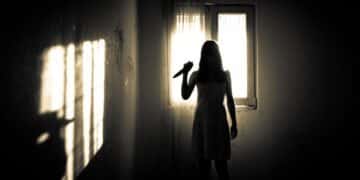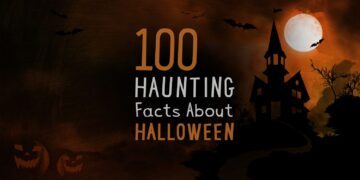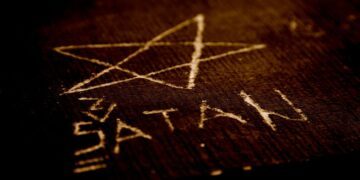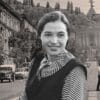Have you ever scratched your head, wondering about the mystical origins of witchcraft? More importantly, why do we always picture witches riding brooms into the night?
Well, you’ll finally be getting the answers to your questions as you join us on the exciting journey into the past.
Read on to learn how witchcraft began, how perceptions about this practice changed through the ages, and the devastating consequences.
Plus, you’ll get a chance to peek into the lives of modern witches today!
The ancient origins of witchcraft.

A witch is usually described as someone who can commune with otherworldly spirits or cast magic spells. Unfortunately, we can’t trace back to the specific origins of this practice, but we know it goes back a long time.
The first book of Samuel in the Bible, dating back to between 931 and 721 BC, is one of the first places that witches are mentioned.
Perceptions about those who practiced witchcraft across different cultures and periods varied, too.
For instance, witches in ancient Egypt were well respected in society, as their powers were believed to have come from the gods. The average citizen consulted them for protection spells and amulets.
The respected witches in Ancient Egypt weren’t just great at magic. They had other valuable skills like alchemy, reading the stars, attending to births, and concocting herbal mixtures.
Some other cultures, though, feared witches could bring bad luck and that they devoured the souls of unfortunate victims during clandestine meetings.
In medieval Europe especially, witches had a bad reputation, and all pagan practices were seen as works of Satan.
Witches, pointed black hats, and broomsticks.
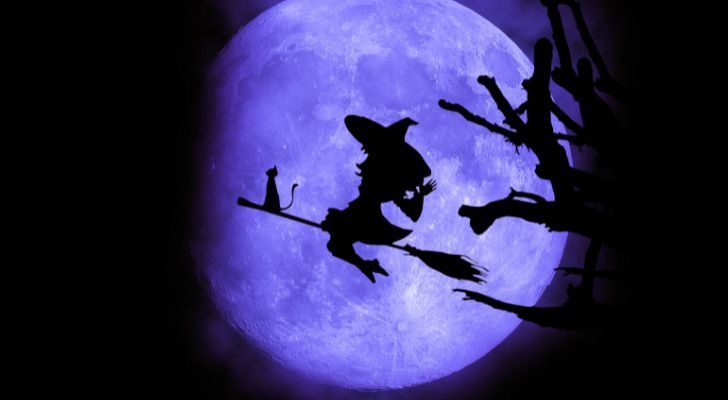
The witch and her black pointy hat and broom are standard throughout history, but where did this image come from? There are many theories to explain this relationship.
One of the most popular theories about witches and brooms emerged in the Middle Ages. You see, at that time, it was standard for people to use hallucinogens like nightshade and mandrake in ointments and infusions.
Eventually, they discovered that you didn’t need to consume the plants to get stimulated. It was sufficient to rub it on sweaty body parts like armpits and, you guessed it, between the legs.
This idea of witches using brooms to consume psychoactive compounds began seeping into writings around this era. Their supposed flying abilities may have come from the vivid dreams caused by these compounds.
The iconic pointy witch hats also have diverse origins. Some sources trace this style to the Quakers, a persecuted Christian denomination that rose in 17th-century England.
It’s possible that tall Jewish-style hats inspired it, as they, too, were facing persecution in England around this time.
The true story of the witch trials.

The witch trials followed the growing paranoia about paganism that spread through early modern Europe and America.
Between 1450 and 1750, anyone suspected of being a witch, usually a woman, was tried and executed if found guilty. Approximately 35,000 to 50,000 people were executed for practicing witchcraft during this time.
One of the most well-known witch hunts was the Salem witch trials, which ran from February 1692 to May 1693.
The trials began after a mysterious illness came to town, with over 200 people accused of practicing witchcraft. Most of the accusers were just young girls, but they were egged on by the adults who should have known better.
The witch trials were a spectacle; some people just pointed fingers at anyone they didn’t like. The accusers would sometimes weep, writhe, scream, or bark to show the accused witches were attacking them.
Confessing to crimes, even when innocent, was the only way some people could avoid execution. For the 19 that refuted the allegations, they got the death sentence. This dark history makes Salem such a popular Halloween destination.
The life of modern witches in today’s world.
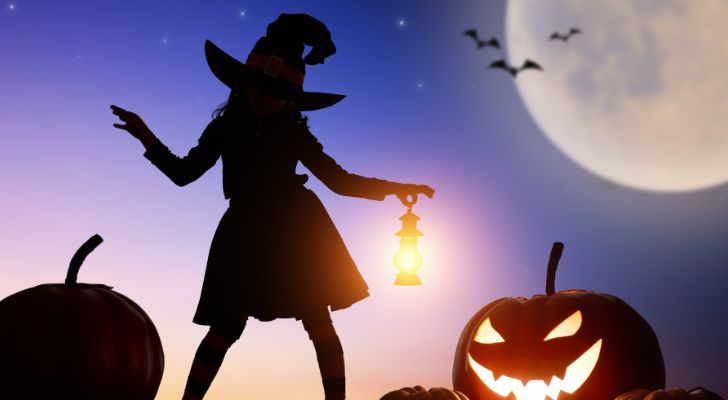
Followers of the Wicca religion identify themselves as witches. This religion began in the United Kingdom around 1940 and spread to America in the 1960s. It’s a kind of pagan worship centered around the appreciation and reverence of nature.
Wiccans are different from typical organized religions with mighty places of worship.
Generally, people gather in small groups, usually 13, under the guidance of a high priest or priestess. This is a coven, and you must be initiated through specific rituals to join one.
Now’s time for the question you’ve been waiting to ask: do modern witches cast spells and perform magic? To be clear, you must get the image of the broom-riding, wand-wielding witch out of your mind.
Authentic Wiccan spells are nothing like the ones you see on television. They’re more like intentional prayers. Unlike the popular negative stereotypes, Wiccans are guided by the code to do no harm and to preserve nature.
Witchcraft’s origins may remain an enigma, but the tapestry of its history is rich and intriguing.
From the pages of the Bible to the potions and spells of Ancient Egypt, we’ve glimpsed into a world where witchcraft was both respected and feared.
It’s a story that spans cultures and epochs, a history woven with threads of magic, superstition, and the mysterious. And, through Wiccans, it continues today!


